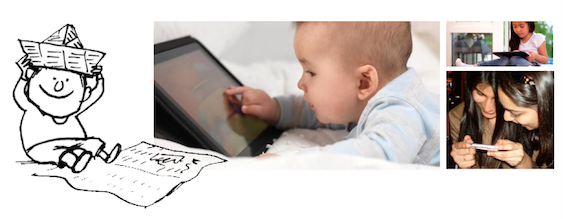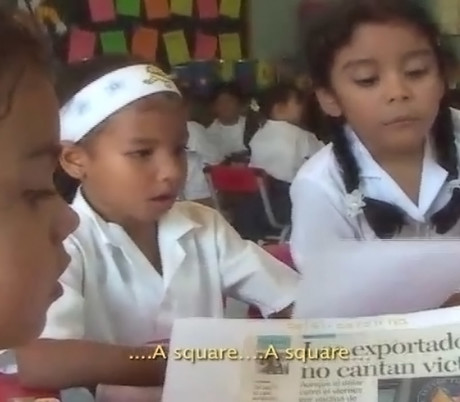 READ OUR NEW REPORT:
READ OUR NEW REPORT:
News Publishers and News Literacy: 7 ways forward.
Commissioned by the American Press Institute to help its own thinking about next steps, this report describes award-winning straties from around the world for seven key aspects of news literacy.
For WAN-IFRA, news in education work has evolved from origins that focused on using the printed newspaper as a cheap, practical and highly versatile supplemental teaching resource for teaching everything from A-B-C to high level critical thinking, as well as about newsgathering itself.
While we still support and encourage this basic work, the digitally imbued 21st Century has brought new challenges that new kinds of school-news publisher partnerships can effectively address.
Now, news publishers can and need to take a lead in the sub-field of media and information literacy (MIL) known as "news literacy." This is partly to assure that rapidly expanding media literacy instruction includes an understanding of professional journalistic practice and an appreciation of the role of journalism in a democracy. If not, the risk is to allow a generation to emerge that is cynical about both.
 For WAN-IFRA, engaging in news literacy means helping citizens, especially children and teenagers, understand, value and participate in 21st century journalism in a democracy as they analyze all kinds of content, most effectively through a journalistic prism.
For WAN-IFRA, engaging in news literacy means helping citizens, especially children and teenagers, understand, value and participate in 21st century journalism in a democracy as they analyze all kinds of content, most effectively through a journalistic prism.
An understanding of how journalism works, the dangers to some of those who do it, and its purpose in encouraging democracy all need to be at the start of any news media (or media literacy) initiative, well before the classic deconstruction of media messages.
READ MORE ABOUT NEWS LITERACY
News litracy is the subset of media and information literacy that concentrates on the journalism.
Of course, many news publishers are already supporting this kind of work, often through national associations, as WAN-IFRA's 16 Centers of Youth Engagement Excellence can attest, and showing innovation by individual publishers, who are recognized through the annual World Young Reader Prizes.
For those who want to get started, WAN-IFRA has collected some very basic actions that can help support teachers and students in exploring journalism and the interlinkages of freedom of expression and freedom of information.
 Also, as key part of our fundamental news in education work, WAN-IFRA offers resources to help teachers learn how to use the news in all kinds of classes, from basic skills to high level critical thinking in topics ranging from basic reading and other skills to exploring news and other media messages themselves. These programmes also focus on teach childrening about doing professional journalism, ranging from a simple introduction by a visiting local journalist to a high-tech, intensive media simulation center. A great deal of this work comes under our World News Literacy Project. You can learn more about it from THIS E-REPORT powered by wobook.com.
Also, as key part of our fundamental news in education work, WAN-IFRA offers resources to help teachers learn how to use the news in all kinds of classes, from basic skills to high level critical thinking in topics ranging from basic reading and other skills to exploring news and other media messages themselves. These programmes also focus on teach childrening about doing professional journalism, ranging from a simple introduction by a visiting local journalist to a high-tech, intensive media simulation center. A great deal of this work comes under our World News Literacy Project. You can learn more about it from THIS E-REPORT powered by wobook.com.
HERE you can find SOME FIRST ACTIONS TO TEACH ABOUT NEWS
HERE is more about TEACHING FREEDOM.
 News[papers] in Education
News[papers] in Education
(THE ORIGINAL NIE)
HERE ARE THE BASICS bout using the print or digital newspaper in class in work commonly known as “News[papers] in Education” or “NIE”
We remain very thankful to Norske Skog, the Norway-based global paper producer, which supported our NIE Development Project from 2003 to 2013.![]()
 Making the News
Making the News
HERE are some news publisher strategies for helping young people learn about professional journalism by doing it.
WAN-IFRA has developed two global ctivities to encourage news publisher connections with the young as they learn about journalism by trying it: the World Teenage News Takeover and the My Dream Interview Festival.
For more information, contact Dr. Aralynn McMane, executive director for youth engagment and news literacy, aralynn.mcmane [at] wan-ifra.org




